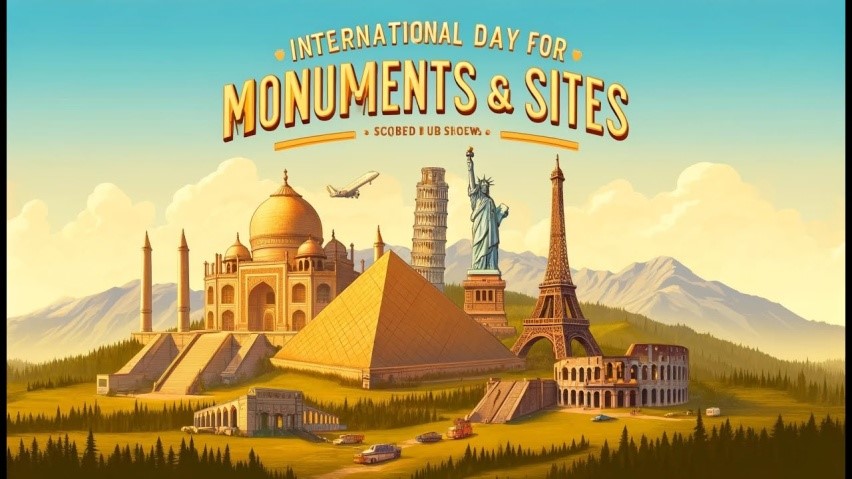Free Courses Sale ends Soon, Get It Now


Free Courses Sale ends Soon, Get It Now



Disclaimer: Copyright infringement not intended.
Context
Details
Theme of World Heritage Day
|
ATHENS CHARTER AND VENICE CHARTER
First International Congress of Architects and Specialists of Historic Buildings:
Second International Congress of Architects and Specialists of Historic Buildings:
The Venice Charter and Its Evolution:
|
Monuments in India
|
PRACTICE QUESTION Q. Explain the importance of protecting historical monuments for national identity and cultural preservation. Discuss the challenges faced in preserving these sites and propose strategies for sustainable conservation. |
SOURCE: LIVEMINT
© 2024 iasgyan. All right reserved